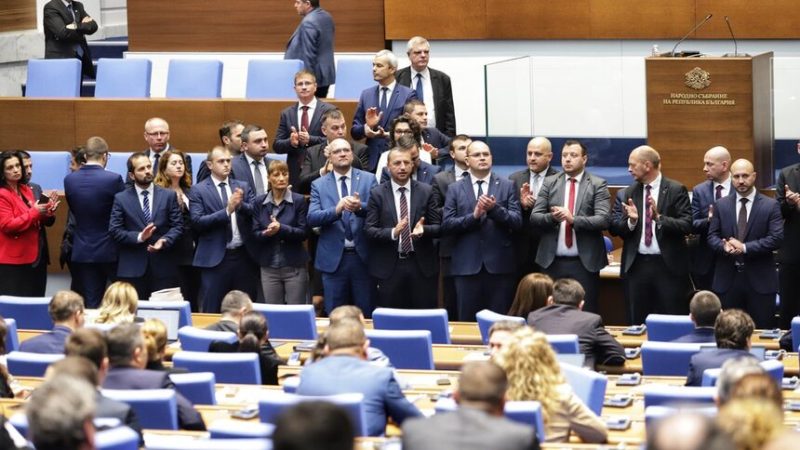The nearly 45-metre-high monument has dominated the Bulgarian capital’s landscape for the past 70 years. Still, the new pro-EU coalition government began the process of dismantling it after being motivated by Russia’s invasion of Ukraine.
However, the leader of the far-right pro-Russian party Vazrazhdane, Kostadin Kostadinov, called on his colleagues to express their opposition to the monument’s demolition by blocking parliamentary work.



The problem with this is that there’s often multiple interpretations. Is it a monument to the celebrate the defeat of Nazism, or to glorify the paternalist role of the Soviet Union over the Warsaw Pact countries? You can’t really say it’s only one or the other - you can only decide which one matters more to the society at a given point in time.
I think that when there’s no consensus about an interpretation in a society, a good place to start is with contextualisation. A high-profile but contentious monument should come with a small open-air museum that provides the context of what the monument was intended to stand for, what where the motivations of those who built it, and how it came to be seen as the time passed.
Then, time will tell if the society decides to interpret it one way or the other. At some point it will be clear if it should stay or go.